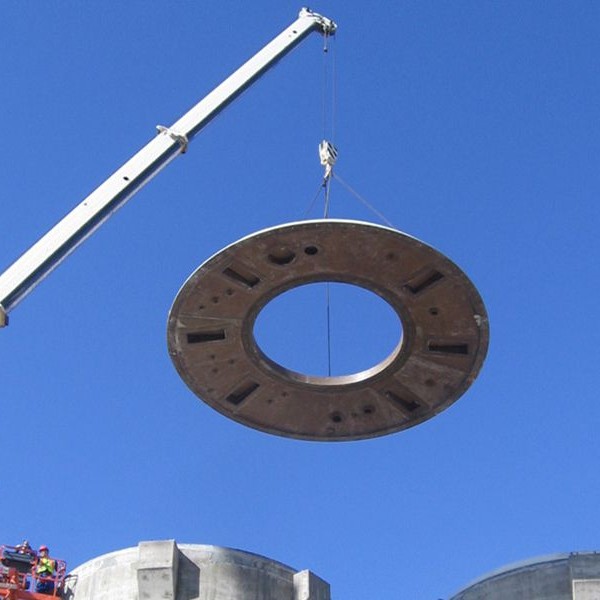
-
 Afrikaans
Afrikaans -
 Albanian
Albanian -
 Amharic
Amharic -
 Arabic
Arabic -
 Armenian
Armenian -
 Azerbaijani
Azerbaijani -
 Basque
Basque -
 Belarusian
Belarusian -
 Bengali
Bengali -
 Bosnian
Bosnian -
 Bulgarian
Bulgarian -
 Catalan
Catalan -
 Cebuano
Cebuano -
 China
China -
 China (Taiwan)
China (Taiwan) -
 Corsican
Corsican -
 Croatian
Croatian -
 Czech
Czech -
 Danish
Danish -
 Dutch
Dutch -
 English
English -
 Esperanto
Esperanto -
 Estonian
Estonian -
 Finnish
Finnish -
 French
French -
 Frisian
Frisian -
 Galician
Galician -
 Georgian
Georgian -
 German
German -
 Greek
Greek -
 Gujarati
Gujarati -
 Haitian Creole
Haitian Creole -
 hausa
hausa -
 hawaiian
hawaiian -
 Hebrew
Hebrew -
 Hindi
Hindi -
 Miao
Miao -
 Hungarian
Hungarian -
 Icelandic
Icelandic -
 igbo
igbo -
 Indonesian
Indonesian -
 irish
irish -
 Italian
Italian -
 Japanese
Japanese -
 Javanese
Javanese -
 Kannada
Kannada -
 kazakh
kazakh -
 Khmer
Khmer -
 Rwandese
Rwandese -
 Korean
Korean -
 Kurdish
Kurdish -
 Kyrgyz
Kyrgyz -
 Lao
Lao -
 Latin
Latin -
 Latvian
Latvian -
 Lithuanian
Lithuanian -
 Luxembourgish
Luxembourgish -
 Macedonian
Macedonian -
 Malgashi
Malgashi -
 Malay
Malay -
 Malayalam
Malayalam -
 Maltese
Maltese -
 Maori
Maori -
 Marathi
Marathi -
 Mongolian
Mongolian -
 Myanmar
Myanmar -
 Nepali
Nepali -
 Norwegian
Norwegian -
 Norwegian
Norwegian -
 Occitan
Occitan -
 Pashto
Pashto -
 Persian
Persian -
 Polish
Polish -
 Portuguese
Portuguese -
 Punjabi
Punjabi -
 Romanian
Romanian -
 Russian
Russian -
 Samoan
Samoan -
 Scottish Gaelic
Scottish Gaelic -
 Serbian
Serbian -
 Sesotho
Sesotho -
 Shona
Shona -
 Sindhi
Sindhi -
 Sinhala
Sinhala -
 Slovak
Slovak -
 Slovenian
Slovenian -
 Somali
Somali -
 Spanish
Spanish -
 Sundanese
Sundanese -
 Swahili
Swahili -
 Swedish
Swedish -
 Tagalog
Tagalog -
 Tajik
Tajik -
 Tamil
Tamil -
 Tatar
Tatar -
 Telugu
Telugu -
 Thai
Thai -
 Turkish
Turkish -
 Turkmen
Turkmen -
 Ukrainian
Ukrainian -
 Urdu
Urdu -
 Uighur
Uighur -
 Uzbek
Uzbek -
 Vietnamese
Vietnamese -
 Welsh
Welsh -
 Bantu
Bantu -
 Yiddish
Yiddish -
 Yoruba
Yoruba -
 Zulu
Zulu
frp playground equipment
Exploring the Benefits of FRP Playground Equipment
When it comes to designing playgrounds, one of the most crucial aspects to consider is the choice of materials. Fiber Reinforced Polymer (FRP) has emerged as a leading choice for playground equipment due to its unique properties and numerous advantages. As communities strive to create safe, durable, and engaging outdoor spaces for children, understanding the benefits of FRP can aid in making informed decisions.
What is FRP?
FRP is a composite material made from a polymer matrix reinforced with fibers, typically glass, carbon, or aramid. This fusion of materials creates a strong, lightweight, and corrosion-resistant product. The versatility of FRP makes it an ideal choice for a variety of applications, including playground equipment.
Durability and Longevity
One of the standout features of FRP playground equipment is its exceptional durability. Unlike traditional materials such as wood and metal, FRP does not rust, rot, or warp over time. This resistance to environmental damage means that FRP structures can withstand the wear and tear of constant use, as well as adverse weather conditions. Consequently, playgrounds equipped with FRP elements require less maintenance and replacement, translating to lower long-term costs for municipalities and schools.
Safety First
Safety is paramount when it comes to playground equipment. FRP is inherently safer than alternatives due to its smooth finish and lack of sharp edges or splinters. Furthermore, many FRP products are designed with impact-absorbing features, helping to reduce the risk of injury during play. This attribute is particularly significant when it comes to swings, slides, and climbing structures, where falls can occur. Using FRP materials can contribute to a safer play environment and provide parents with peace of mind.
frp playground equipment

Design Flexibility
FRP allows for greater design flexibility compared to traditional materials. Manufacturers can mold FRP into a variety of shapes and colors, which encourages imaginative play. This flexibility means that playgrounds can feature unique and engaging installations that capture children's attention and stimulate their creativity. From whimsical animal-shaped climbing structures to vibrant slides and swings, the possibilities are virtually endless. This variety not only enhances the aesthetic appeal of a playground but also caters to different age groups and play styles.
Environmental Considerations
As society becomes more environmentally conscious, the benefits of using FRP extend to sustainability. Many FRP products are created from recycled materials, reducing the environmental impact associated with playground construction. Additionally, their longevity means that fewer resources are consumed over time for replacements. Opting for FRP playground equipment can be part of a broader strategy to promote sustainability in public spaces.
Ease of Installation
FRP playground equipment is relatively lightweight, which simplifies the installation process. This ease of handling can reduce labor costs and allow for quicker project completion. Furthermore, many FRP products are designed to be modular, meaning they can easily be assembled or disassembled as needed. This feature can be particularly advantageous for parks that frequently update their offerings or for temporary installations at events and festivals.
Conclusion
In conclusion, FRP playground equipment stands out as a superior choice for modern play spaces. Its durability, safety features, design flexibility, environmental benefits, and ease of installation make it an attractive option for communities looking to invest in quality outdoor recreational areas for children. As cities and schools continue to recognize the importance of providing safe and stimulating environments for play, FRP materials will undoubtedly play a pivotal role in shaping the playgrounds of the future.









